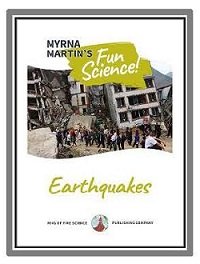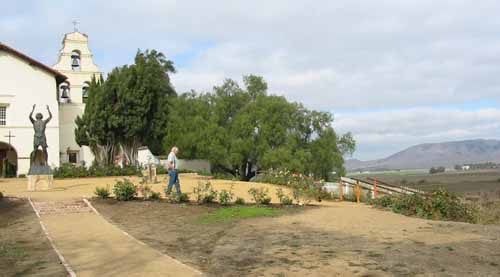What is a Strike Slip Fault?
Strike slip fault
Block of land move horizontally
A strike slip fault is a fault zone where two blocks of land move horizontally rather than vertically along a fault plane. These faults can form between two small blocks of land or crustal plates. They also sometimes develop within a continental plate. The Alpine Fault in New Zealand is an example of this type of tectonic plate movement.
Mission San Juan Bautista
Mission San Juan Bautista sits on the San Andreas Fault. The fault is the boundary between the Pacific Plate on the left side of the picture. The North American Plate can be seen on the right side where the land drops down into the valley. The mission has been damaged several times since it was built by earthquakes that occurred on the fault. Myrna Martin
San andreas Fault
San Andreas Fault boundary
A transform boundary is a type of strike-slip fault that occurs between crustal plates. The San Andreas Fault is the most famous transform fault. It starts in the south at the East Pacific Rise. The East Pacific Rise is a spreading center in the Pacific Ocean.
Length of the transform boundary
The transform boundary runs northward two-thirds of the way through California to the Mendocino Triangle. The Mendocino Triangle is a triple junction of three plates: Pacific Plate, North American Plate, and the Juan de Fuca Plate (Blanco Plate).


Click for More Information and to Order
Right & Left Lateral strike-slip faults
Right-lateral strike-slip fault
If you look across a fault zone and it looks like the rivers and valley on the other side have moved horizontally to the right the fault is a right-lateral strike-slip fault.
Left-lateral strike-slip fault
If the land moves to the left it is a left-lateral strike slip fault. Faults that have a small up or downward motion as they move horizontally are oblique-slip faults.
KIDS FUN Science Bookstore
Check out Myrna Martin's award winning textbooks, e-books, videos and rock sets. The Kids Fun Science Bookstore covers a wide range of earth science topics. Click here to browse.











